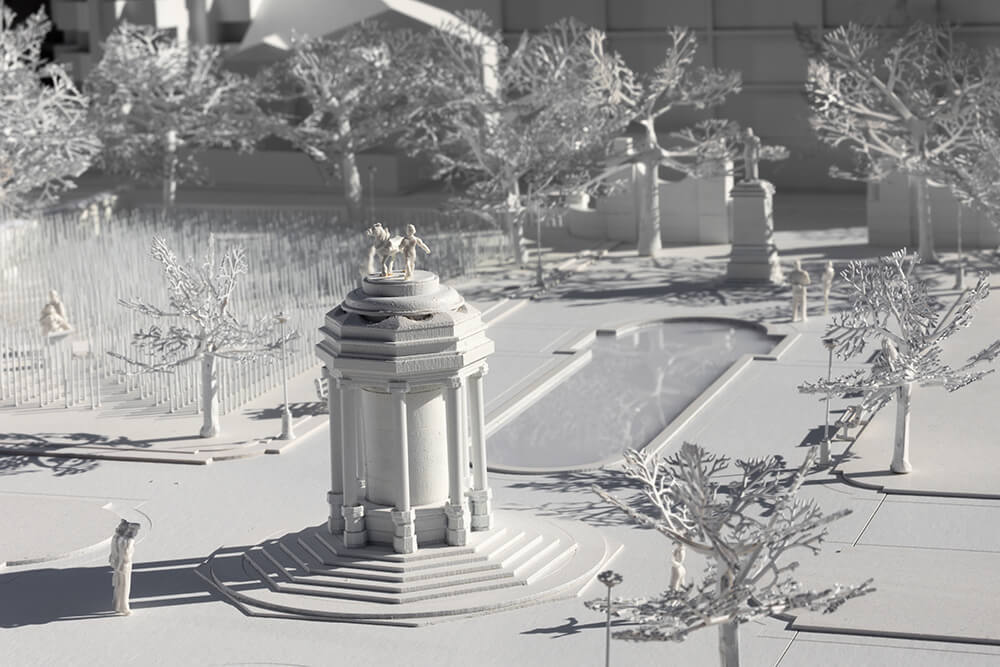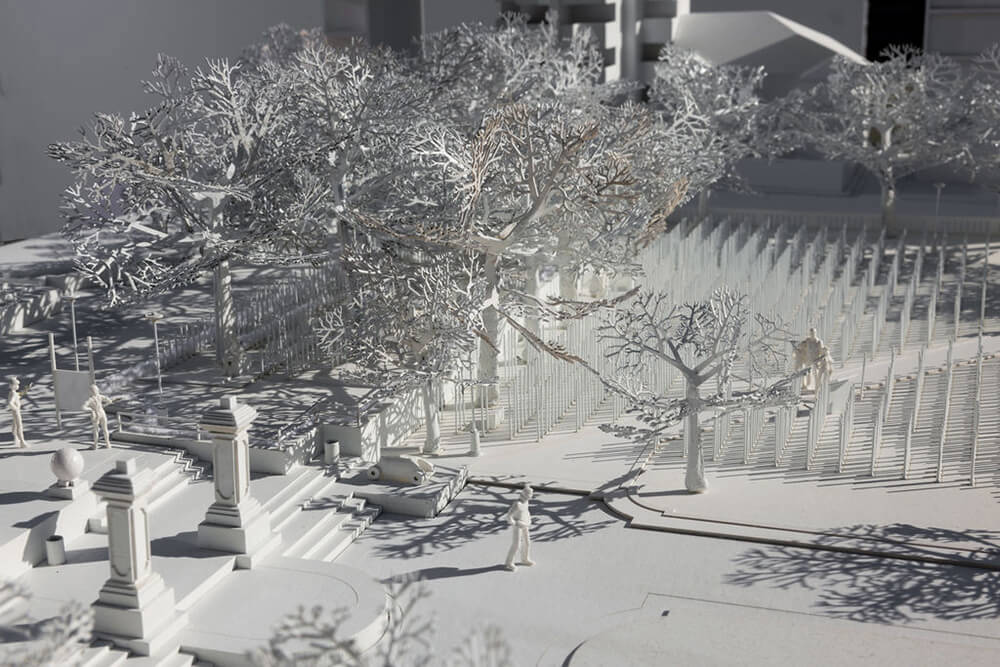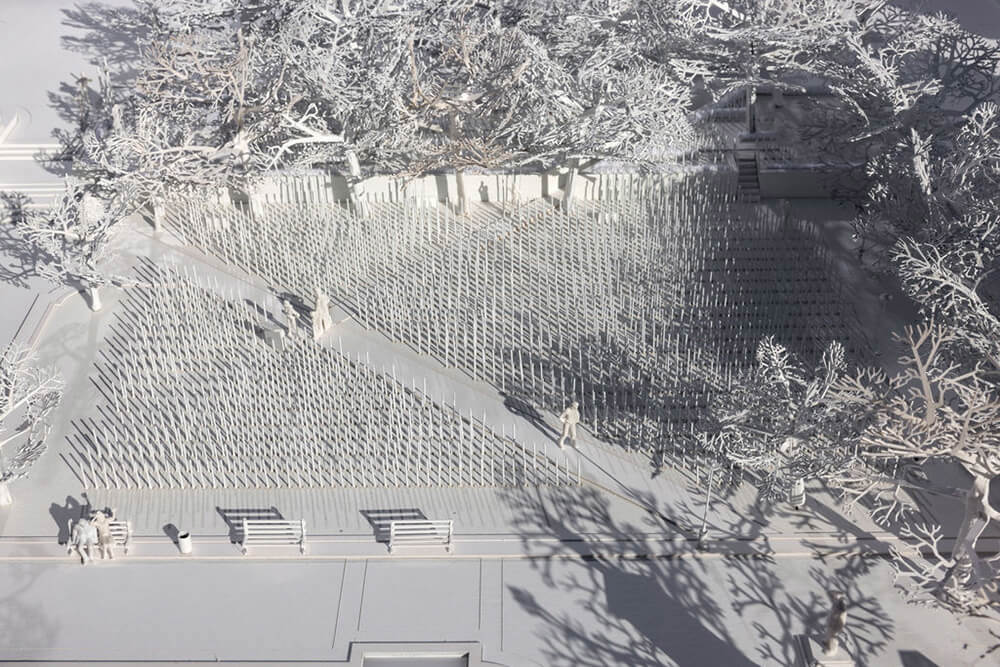Fitting Memorials - South Africa
The Cape Town Labour Corps Memorial will be a site to honour and remember the men who served with the South African Military Labour contingents and units, and perished in service during the First World War. The CWGC seeks to redress the historical omission that meant these men have not been commemorated by name, with a physical site of remembrance: the Cape Town Labour Corps Memorial.
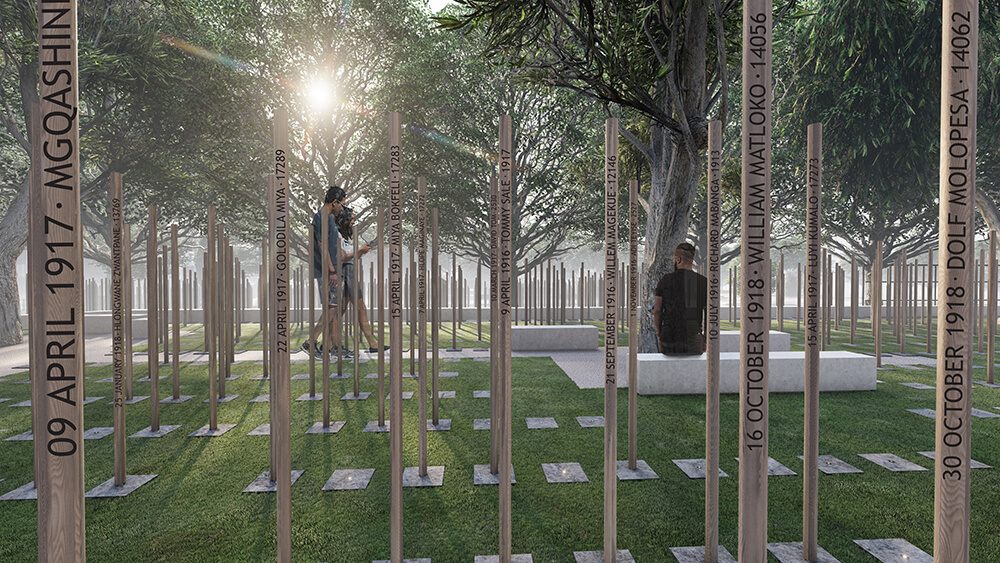
When constructed, the new memorial will be a permanent tribute to the lives and experiences of these men.
It is a tribute to those who served and died – may they each be remembered.
Thousands of South Africans of colour were recruited for non-combatant military service in Africa during the First World War, through labour units including the Cape Coloured Labour Regiment, Cape Auxiliary Horse Transport, Military Labour Bureau and the South African Military Labour Corps. However, unlike South Africa’s Native Labour Corps - which would serve in Europe and is known for its connection to the SS Mendi - the significant service of these men has too often been overlooked.
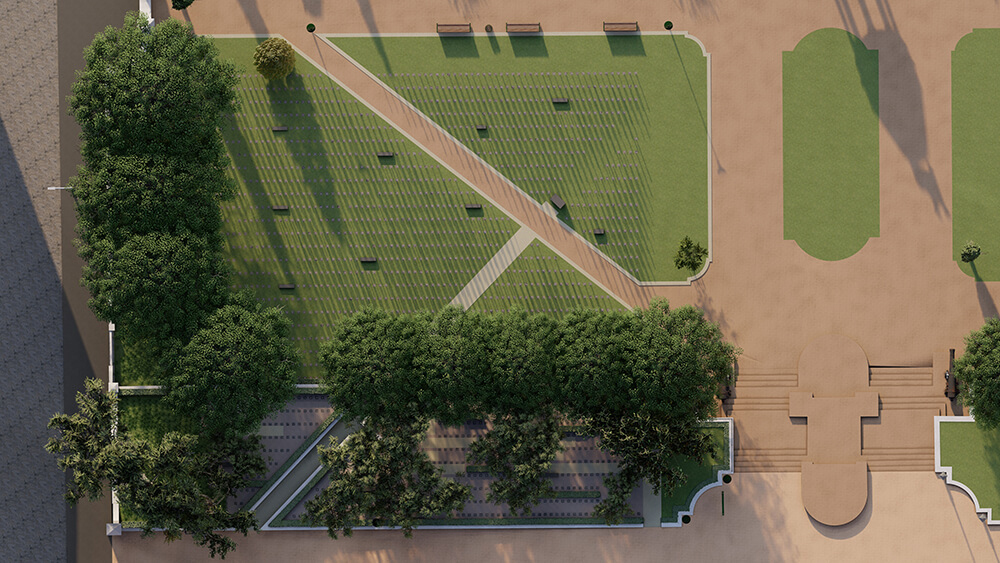
The CWGC, working with volunteer researchers including the In From the Cold Project has identified up to 1,700 members of South African labour units who will be named on the new memorial. Collectively, these labour units made an essential contribution to the war effort.
Collaborative creation of the new memorial
A considered and consultative approach has been taken in the creation of the memorial. This included engagement with South Africans and military veterans to determine the most appropriate location. It was agreed that Cape Town offered great relevance with First World War servicemen enlisting in the City and sailing from there to join comrades in other parts of the world.
The Delville Wood Memorial Garden in the Company’s Garden was selected as it presented an opportunity to add another layer of observance to the existing First World War memorial.
A creative concept (The Last Post) by Durban-based architectural firm Dean Jay Architects, was selected by a panel as the winning design for the Cape Town Labour Corps Memorial.
This followed a competition that attracted 58 entries from across South Africa.
The permanent memorial to honour the South African Labour Corps is in Company’s Gardens. It respects the importance for each of the fallen with their own unique marker, presenting a sense of scale to those who lost their lives. Each life lost is represented by an African hardwood post, with the first and last name and date of death of the deceased recorded on it. The posts vary in height and individual characteristic finishes will be brought about by the environment over time. Each post is set into a South African Rustenburg granite base which will be individually numbered to help visitors find their way around the memorial site.
The posts carry a metaphorical message: they represent a forest destroyed by the inferno of war, a skeleton/remnant of humanity stripped of life for us to contemplate the unbearable tragedy of war.
The design approach encourages movement around and through the site - between the markers of the other fallen - increasing the experiential engagement with the Memorial. It is intended to be an immersive experience allowing the visitor to contemplate the tragedy of war, and understand the scale of loss in South Africa.
Stories behind the names
The First World War in Africa was not uniquely a European story. While the fighting forces of the British Empire during the East African campaign alone exceeded 150,000 men, more than one million Africans served in supporting roles in the same operations, quite literally carrying the burden of battle. Not only did Black people serve on the African continent in greater numbers than Europeans, but they also died in greater numbers.
While the official death toll for British Imperial troops fighting in East Africa was 11,189, it is widely accepted that no fewer than 100,000 African carriers died during the same operations. It would not be too wide of the mark to assume that for every one soldier lost on operations, 10 carriers lost their lives. The CWGC believes that - where possible names should be commemorated, and their historical contribution shared and remembered through a process that has already begun with a pilot – and we hope more work to follow.
Through the process of designing and bringing the Memorial to life, the CWGC has been honoured to complete an initial pilot of descendant memory interviews in the Eastern Cape villages of Ncobo and Tsolo. Collecting oral histories forms part of the fieldwork undertaken and this deep-roots exercise, led by a team in South Africa, has allowed us to hear the impact of this gap in history from the descendants of servicemen.
Now their story will live on, their service will be honoured, and their names will not be forgotten.
Image credits: Dean Jay Architects and Bruce Boyd for photographs of the architectural model


